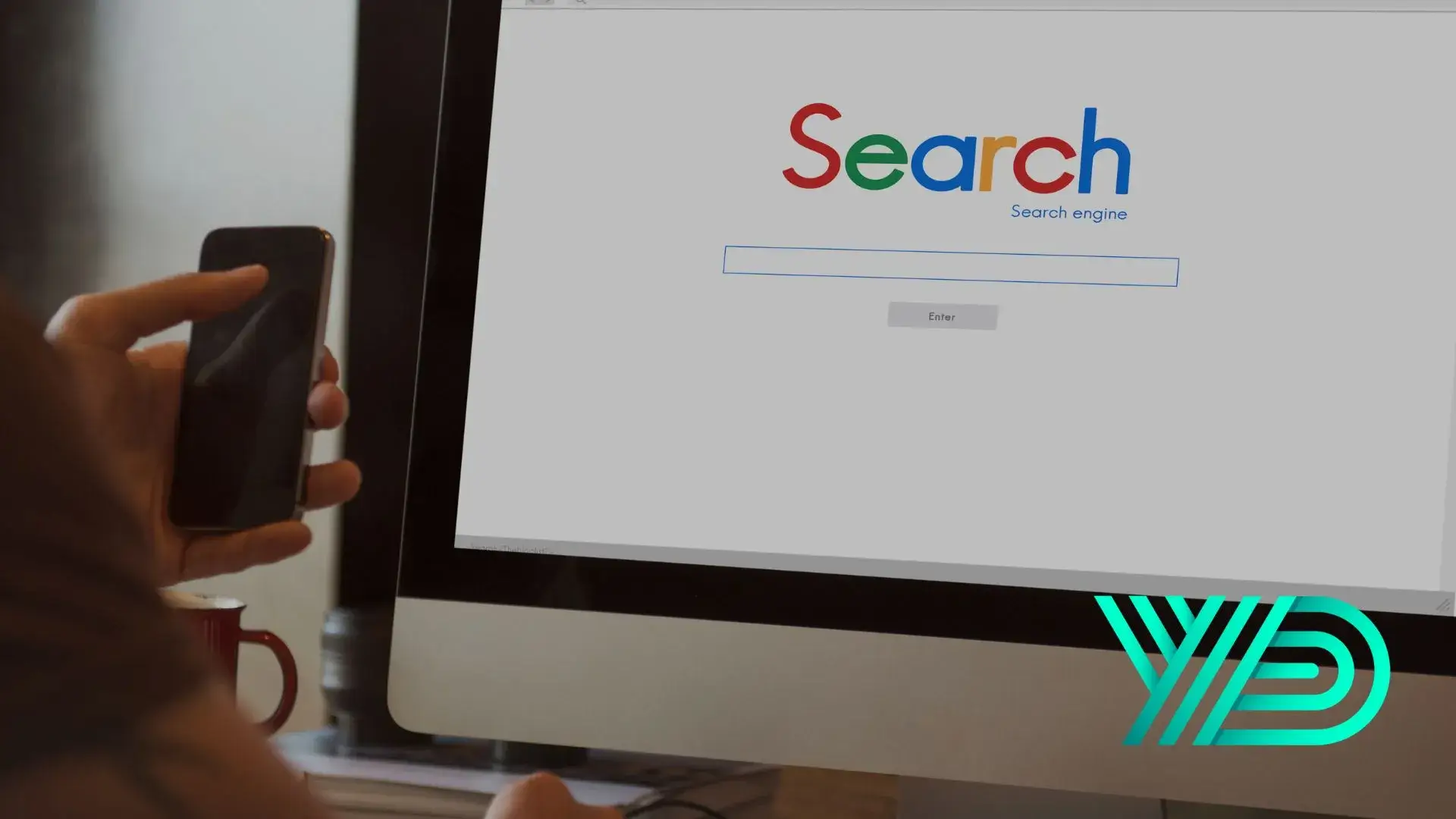Imagine navigating a vast ocean, where each wave represents a potential customer in the digital world. You’re at the helm of your ship, and Google Ads is your compass, guiding you through the turbulent waters of PPC campaigns. As you embark on this journey, you’ll need to master the intricacies of ad copy, audience targeting, and budget management. But how do you ensure that your compass is pointing true north, maximising the impact of your efforts? The key lies in understanding the advanced techniques to fine-tune your strategy, ensuring that your voyage through the digital seas is successful and cost-effective. Stay with us to uncover these secrets as we chart a course towards Google Ads mastery.
Understanding Google Ads Basics
Before diving into the complex world of Google Ads, it’s crucial you grasp the basics to navigate and utilise this powerful advertising platform effectively. You’re embarking on a journey that can skyrocket your business’s visibility and sales, but first, let’s break down the initial steps: understanding ad types and account setup.
Google Ads offers a variety of ad types to fit your campaign’s goals. You’ve got search ads that appear on Google’s results pages, display ads that show up on websites within the Google Display Network, and video ads that can be seen on YouTube. Each type serves a different purpose, whether you’re aiming to increase website visits, enhance brand awareness, or drive sales.
Setting up your Google Ads account is your first real step into this world. It’s a straightforward process, but don’t rush it. You’ll need a Google account to start; then, navigate to the Google Ads website to sign up. From there, you’re guided through the setup process, where you’ll define your first campaign’s goals, select your target audience, and decide on a budget. It might seem overwhelming, but take your time to understand each section. This foundation is critical for your future success.
Crafting Winning Ad Copy
Crafting compelling ad copy is a crucial step in turning your Google Ads into a powerful tool for engaging potential customers. By honing in on keyword relevance and tapping into emotional triggers, you can create ads that capture attention and drive action.
First, let’s talk about keyword relevance. Your ad copy needs to include keywords your potential customers are searching for. This isn’t just about getting your ad in front of eyes; it’s about getting it in front of the right eyes. Use keywords that match the intent behind the search, making your ad highly relevant and increasing the likelihood of a click.
But it’s not just about the words you choose; it’s how you use them. This is where emotional triggers come in. People are driven by emotion, even in their purchasing decisions. Your ad copy should tap into these emotions, whether it’s the excitement of trying something new, the comfort of solving a problem, or the fear of missing out. By identifying and leveraging these emotional triggers, you can connect with your audience on a deeper level, encouraging them to take the next step.

Targeting and Audience Insights
Understanding your audience’s behaviours and preferences is key to optimising your Google Ads targeting strategy. By diving deep into demographic trends and interest segmentation, you can tailor your ads to the right people at the right time. It’s about knowing who your customers are, what they love, and how they interact with content similar to yours.
Demographic trends provide a wealth of information, from age and gender to geographical location and even device usage. This data allows you to narrow down your target audience, ensuring your ads reach those most likely interested in your offering. For instance, if your product is a hit among millennials, you’d focus your efforts on platforms and formats that resonate with this age group.
Interest segmentation takes targeting a step further by categorising audiences based on their hobbies, behaviours, and online activities. Google Ads offers tools to pinpoint users who’ve shown interest in categories related to your products or services. This means you can craft messages that speak directly to what your audience cares about, significantly increasing the chances of engagement.
Combining demographic data with interest segmentation enables you to create highly personalised ad campaigns. You’re not just throwing your message into the vastness of the internet; you’re strategically placing it where your potential customers are most likely to see and engage with it. This level of targeting precision makes Google Ads so powerful for businesses looking to maximise their PPC campaigns.
Budgeting and Bidding Strategies
While mastering targeting and audience insights sets a solid foundation, it’s equally crucial to understand budgeting and bidding strategies to efficiently allocate your advertising dollars in Google Ads. Knowing how much to spend and how to bid on keywords or ad placements can make or break your campaign’s success.
Firstly, it’s vital to set a realistic budget that aligns with your business goals and the competitive landscape of your industry. You’ll need to consider your sector’s average cost per click (CPC) and how aggressively you want to target potential customers. It’s not just about setting a daily or monthly cap; it’s about understanding how that budget gets you the best possible return.
Competitor analysis plays a significant role here. By examining what others in your space are spending and how they’re bidding, you can identify opportunities to outmanoeuvre them. This doesn’t mean you have to outspend everyone, but instead, spend smarter by targeting gaps they might be overlooking.
Seasonal adjustments are another critical aspect to consider. Your industry might’ve peak seasons where the competition for ads is fierce, and CPCs rise. Planning for these fluctuations by adjusting your budget and bids can ensure you’re not caught off guard. It means increasing your budget during high-demand periods and potentially lowering it when demand wanes, ensuring you’re always getting the most bang for your buck.
Implementing these strategies requires continuous monitoring and adjustment. It’s not a set-it-and-forget-it scenario. By staying adaptable and informed, you can maximise your Google Ads campaign’s effectiveness, driving better results without unnecessarily overspending.
Analysing and Optimising Performance
Regularly analysing and optimising your Google Ads campaigns’ performance is critical to enhancing them effectively. Delving into the analytics allows you to pinpoint areas of strength and weakness, tailoring your strategy for better results.
One key area to focus on is landing page optimisation. It’s not just about driving traffic to your site; you need to ensure that traffic has the best chance of converting. This means analysing page performance, from loading times to user engagement and making necessary adjustments. Whether it’s tweaking the design or refining the content, every change should aim to improve the user experience and, consequently, your conversion rates.
Another vital aspect is understanding various conversion tracking methods. These tools are your eyes and ears, giving you insight into how well your ads are performing in terms of leading to valuable customer actions. By setting up conversion tracking, you can see which ads, keywords, and campaigns drive results, allowing you to allocate your budget more effectively and make informed decisions about future ad spending.
Leveraging Ad Extensions
Building on the foundation of optimising your ads and landing pages, leveraging ad extensions can significantly enhance your campaign’s visibility and effectiveness. Ad extensions are additional pieces of information that can be added to your Google Ads, expanding your advertisement with valuable details that can make your offer more appealing. They come in various forms, each designed to suit different business needs and objectives.
Extension types include call buttons, location information, additional links to specific parts of your website (site links), user reviews, and even structured snippets highlighting particular product or service aspects. By incorporating these extensions, you’re providing potential customers with more reasons to click on your ad and improving your ad’s real estate on the search results page. This increased visibility can lead to higher click-through rates (CTR) and better overall performance of your campaigns.
The benefits of using ad extensions are manifold:
- They enhance the user’s search experience by offering them the exact information they might be searching for, making it easier for them to make informed decisions.
- Extensions can significantly improve your ad’s click-through rate by making it more prominent and relevant to the searcher’s intent.
- Google’s algorithm tends to favour ads that provide a better user experience, which means that ads with extensions often enjoy better ad placement and lower costs per click.
Incorporating ad extensions into your PPC campaigns isn’t just a best practice—it’s necessary for anyone looking to maximise their advertising effectiveness in today’s competitive digital landscape.

Advanced Campaign Techniques
Diving deeper, let’s explore advanced campaign techniques that can elevate your Google Ads performance to new heights. When you’ve got the basics down, it’s time to harness the power of geographical targeting and ad scheduling to ensure your campaigns aren’t just running but soaring.
Geographical targeting allows you to pinpoint your ads to specific locations where your potential customers reside. You’re not just throwing your message into the vast expanse of the internet; you’re strategically placing it where it matters most. Imagine you’re selling snow boots; you wouldn’t target a tropical region, right? By focusing your ads on areas with colder climates, you’re more likely to catch the attention of someone in need of your product.
Now, let’s talk about ad scheduling. This technique isn’t about where but when your ads appear. Think about it — if your target audience is primarily active online during the evening, why waste your budget showing ads in the early morning? With ad scheduling, you can set your campaigns to run during peak hours when your potential customers are online. This ensures that your ads aren’t just seen but seen by the right people at the right time.
Combining geographical targeting with ad scheduling can significantly boost your campaign’s effectiveness. You’re not just reaching out to potential customers; you’re reaching out smartly. This tailored approach ensures your Google Ads campaigns aren’t only efficient and cost-effective, maximising your return on investment. So, take the plunge and start experimenting with these advanced techniques today.
Frequently Asked Questions
Can I Use Emojis in Google Ads Headlines?
Yes, you can use emojis in your Google Ads headlines. It’s a great way to add flair and catch attention. However, ensure your emoji strategies align with your message for optimal headline creativity.
Are Google Ads Effective for Small Businesses?
Yes, Google Ads can be incredibly effective for small businesses, especially with smart budget allocation and local targeting. You’ll reach your ideal audience without breaking the bank, making every penny of your investment count.
How Often Does Google Update Quality Score?
Google updates your Quality Score daily, reflecting changes in click-through rate and ad relevance. This frequent update can significantly impact your ad’s performance, making monitoring and adjusting strategies crucial.
Can I Target Competitors’ Brand Names in Ads?
Sure, you can target competitors’ brand names in ads but don’t expect a red carpet welcome. You’ll need to navigate Google’s trademark policies and refine your bidding strategies to avoid stepping on any legal toes.
Conclusion
Mastering Google Ads boosts your PPC campaign success significantly. By diving into the essentials, crafting compelling ad copy, and targeting precisely, you’re set for excellence.
Remember, you can see a drastic improvement with the right budgeting, bidding strategies, and analysing performance.
Utilising ad extensions and advanced techniques can increase click-through rates by up to 15%.
Stay informed, optimise continually, and leverage every tool to maximise your return on investment and outshine competitors.
